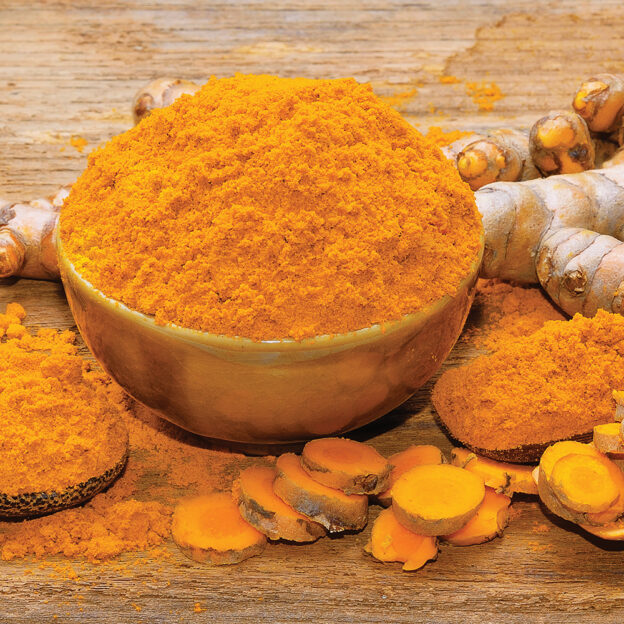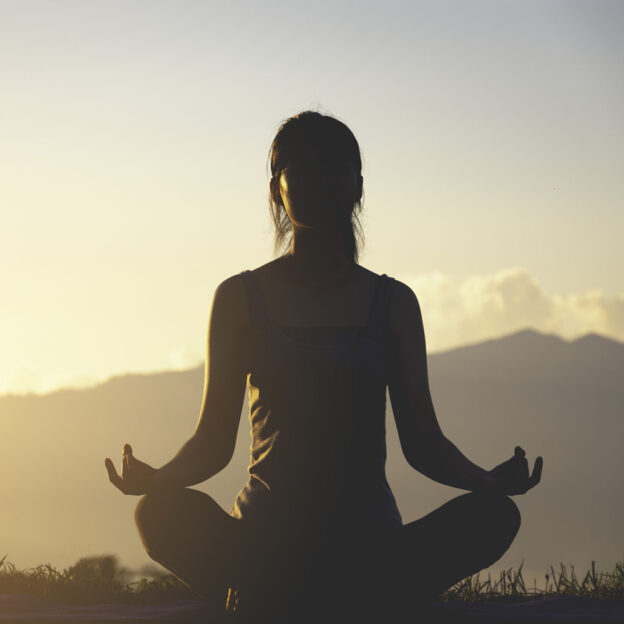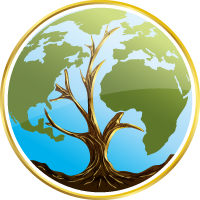
Nadi shodhana pranayama, also known as alternate nostril breathing, is a simple yet profound ancient breath control technique that helps settle the mind and body.
Next time you’re feeling overwhelmed or just need a moment to recenter, move through a few rounds of alternate nostril breathing.
10 Steps Yogic Breathwork
- Choose a comfortable sitting position, ensuring your spine is erect and the heart is open. Release any tension from the jaw.
- Rest your left palm comfortably in your lap.
- With your right hand, bring your pointer finger and middle finger to rest between your eyebrows, lightly using them as an anchor.
- Gently close your eyes and take a deep breath in and out through your nose.
- Close your right nostril with your right thumb. Inhale through the left nostril slowly and steadily.
- Close the left nostril with your ring finger so both nostrils are held closed; retain your breath at the top of the inhale for a brief pause.
- Open your right nostril and release the breath slowly through the right side; pause briefly at the bottom of the exhale.
- Inhale through the right side slowly.
- Hold both nostrils closed (with your ring finger and thumb) and exhale.
- Repeat 5 to 10 cycles, allowing your mind to follow the pathway of your breath.
Remember, consistency is key—aim to match the length of your inhales, pauses, and exhales. Studies show as few as ten minutes of nadi shodhana per day can have far-reaching benefits—from supporting nervous system function to fostering focus and mental clarity. Yogic breathwork is a simple way to hit the reset button for your mental state. —KG
—Adapted from “Nadi Shodhana: How to Practice Alternate Nostril Breathing” by Melissa Eisler. Originally published at https://chopra.com/articles/nadi-shodhana-how-to-practice-alternate-nostril-breathing
See also Thoughts, Attitudes & Your Health





